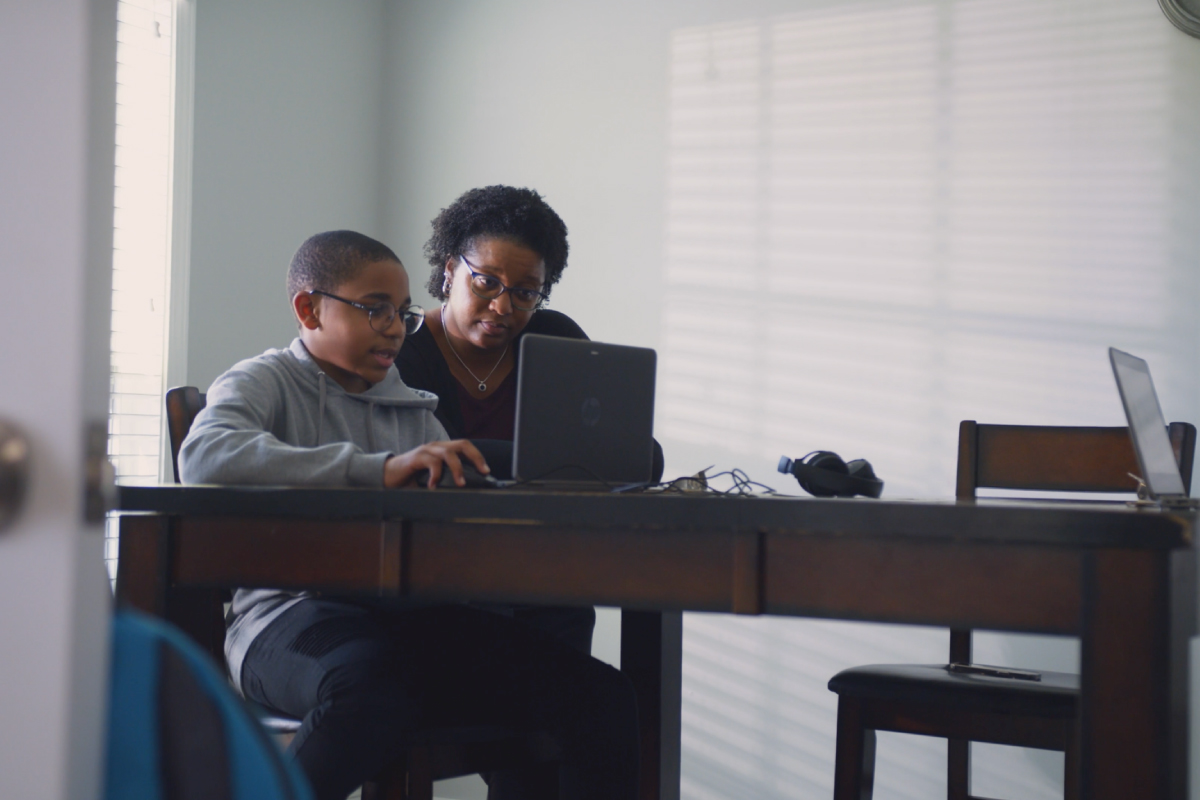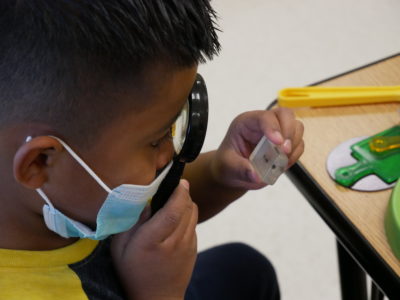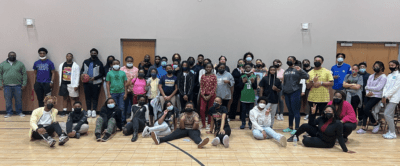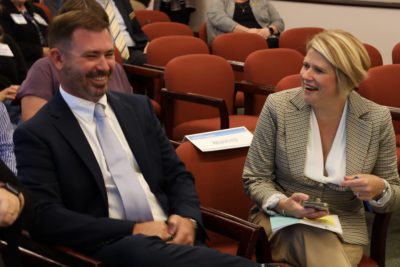

Standardized testing is missing the mark.
More than 800 higher education institutions agree. They’ve made the switch to a test-optional policy on their college applications, leading to more applications and a more diverse applicant pool.
But what’s the alternative?
In part, it’s building a broader, more holistic way of measuring success, including evaluating the qualities we hope to instill in our children, and employers look for in our workforce.
In our state, that’s taking shape in the North Carolina Portrait of a Graduate proposed by State Superintendent of Public Instruction Catherine Truitt.
This framework, the result of a year’s research and listening, lays out the “seven core competencies that, when combined with academic rigor, will create a deeper learning experience for all students,” in Truitt’s words.
This portrait puts front and center the things that matter in and beyond our schools: adaptability, collaboration, communication, critical thinking, empathy, learner’s mindset, and personal responsibility.
Having served on the design team, I feel strongly that these traits are both essential architecture and evidence of growth. My own educational philosophy is to develop the mind, body, spirit, and soul. I think of it as educating the whole child. As someone who’s spent a lifetime in education, in my mind, nothing is more important.
How, then, can we implement this portrait in our schools to foster these enduring qualities of success?
At North Carolina Cyber Academy, we’ve made three key changes:
First, we’re balancing end-of-year testing with regular, low-stakes testing. That’s right: more testing to fix the problem of standardized testing. We administer the NC Check-Ins developed by the Department of Public Instruction for regular, interim testing.
These not only take the pressure off end-of-year testing but allow us to identify what we need to reinforce. For the student, these low-pressure assessments serve as a continuous improvement tool rather than a judgement. In so doing, we create space to refocus on educating the whole child in developing the portrait competencies.
Second, we’re developing our Career and Technical Education (CTE) offerings. As a virtual school, our students have access to a wide range of CTE courses, from public safety, to engineering design and product development, to programming, web and software development. And we’re further expanding our course offerings and CTE instructors.
CTE courses allow our students to see these traits and trades in real-world application. Our entrepreneurship students, for example, learn how adaptability, critical thinking, and a learner’s mindset connect to building a career — and why they matter.
As early as middle school, our students can enroll in career-exploration electives, which can lead to CTE courses in high school and open pathways in community colleges, technical schools, or apprenticeship and employment, all while building a bridge between hands-on, career-relevant application and the portrait competencies that lead to success — career and otherwise.
And third, we’re supplementing our curriculum with social and emotional support and real-world requirements.
We expect our students to demonstrate the portrait’s competencies upon graduation. We have high expectations because we offer a high level of support. Our curriculum fosters social and emotional skills and personal growth from day one. And our support resources — including our staff of counselors, social workers, and psychologists to complement growth in the classroom, plus the partnership provided through our families serving as learning coaches — together help our students build their toolkit to conscientiousness.
We require our students to put that into action — and to put into practice collaboration, empathy, and personal responsibility — in our community. Our graduates are required to log 25 hours of community service for each year they attend NCCA high school.
In shifting to interim, low-stakes testing, investing in CTE courses, and building a curriculum and staffing model around social and emotional skills, we’re proud to pioneer the portrait competencies. And we’re just getting started.
I’ve enjoyed seeing this realized in our students, who integrate these competencies into success.
Students like Justice Calabro, an aspiring racecar driver currently working towards NASCAR sponsorship, who stepped up to deliver our commencement address when our initial speaker was unable to.
Students like 2021 graduate Ngozi Mokwunye, an award-winning dancer attending Point Park University in Manhattan, one of the nation’s most competitive dance programs.
Current students like Destined Russ, who at the age of six wrote and published a children’s book.
To set our students up for success like this, we need to start with a framework that accurately represents what success is and how to reach it. That means developing the whole child and measuring the whole of success — which is exactly what “portrait of a graduate” aims to do. Now, we as educators need to do the work to bring it to life.




